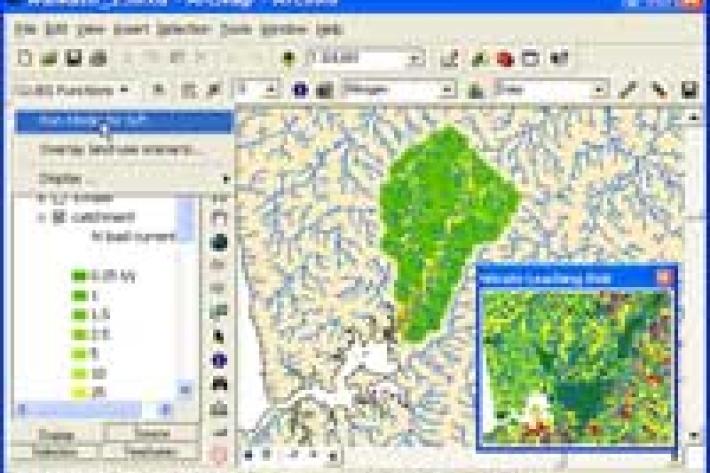-

Sediment and urbanisation
How does urbanisation increase sediments in waterways? -

Stream Health Monitoring and Assessment Kit
ServiceHow healthy is your stream? SHMAK - the New Zealand Stream Health Monitoring and Assessment Kit - has been designed to help you find out. -

Smelt
Smelt have a distinctly forked tail and a strong cucumber smell. -

What do we measure?
Research ProjectA range of physical and chemical variables are measured in the NRWQN. -

Resources and References
Links to related resources and websites -

Toitoi
One of the most common species of freshwater fish in Aotearoa is the common bully or toitoi. -

Nutrients and wastewater
How do nutrients from wastewater treatment enter waterways? -

Identification and e-guides
Downloadable and printable guides on identification of common freshwater invertebrates found in New Zealand waterways and lakes. -

Tuna
Tuna or freshwater eels are a very significant, widely-valued, heavily-exploited, culturally iconic mahinga kai resource. -

Dissolved oxygen
Dissolved oxygen (DO) is a relative measure of the amount of oxygen (O2) dissolved in water. -

Mahinga kai and migration
A high proportion of New Zealand’s native freshwater fish fauna need to migrate to and from the sea.

